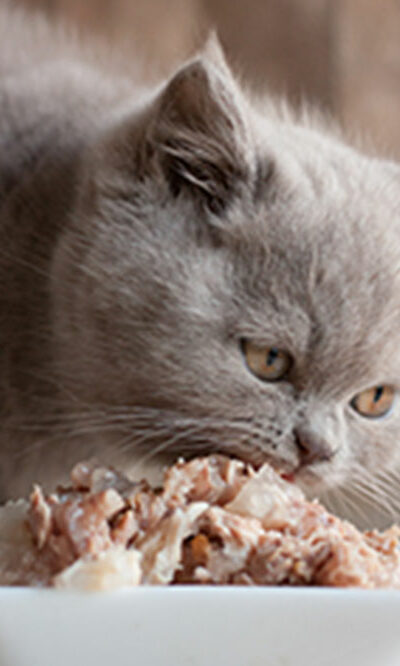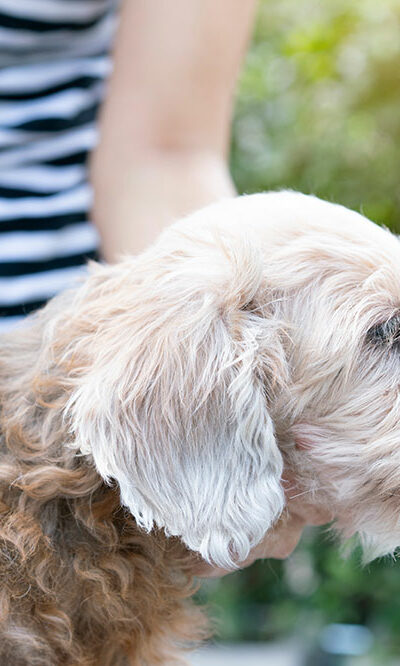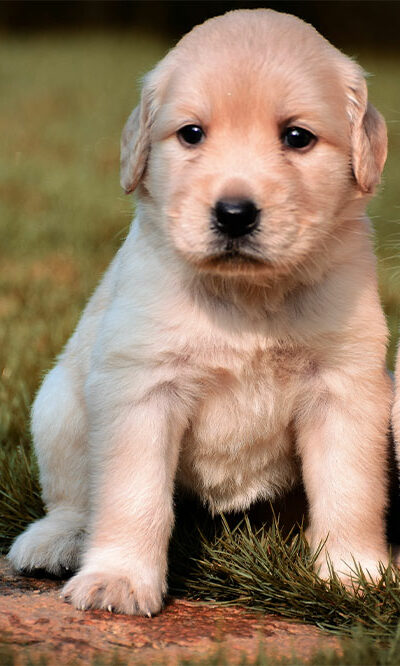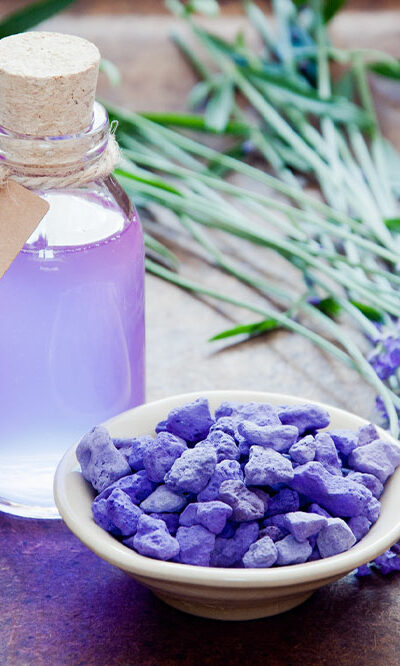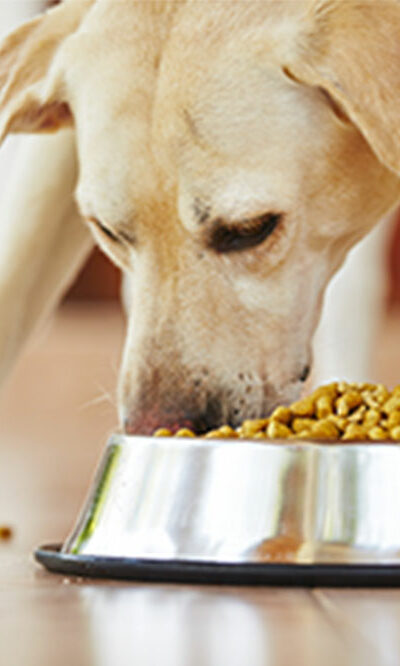
5 tips to choose the right dog food
Any loving and responsible pet parent would want their dog to eat the healthiest food. After all, a nutritious meal plan directly affects their mood, behavior, overall health, and longevity. However, if you’re looking for dog food, you might have realized that choosing one isn’t easy. There are a variety of options from numerous brands, all claiming to be the most nutritious dog food in the market. To help you narrow down your options, we have shared a few tips to pick the right food product for your dog. Read on to find out! Consider your dog’s breed, weight, and age The physical characteristics of dogs vary significantly from one breed to another. Accordingly, their nutritional requirements also change. For example, a German Shepherd needs a totally different set of nutrients to stay healthy and active than a Chihuahua. Similarly, overweight dogs’ meal plan is a lot different than that of underweight and ideal-weight dogs. Age also plays a vital role in determining a dog’s nutritional needs. Verify nutritional requirements When shopping for dog food, be sure to pick one that’s not overloaded with artificial ingredients like preservatives that can harm their health. The Association of American Feed Control Officials (AAFCO) is a voluntary organization that has laid down strict requirements to ensure that a product has all the essential macro and micronutrients for pets. So, you should only buy dog foods that are certified by AAFCO. Check the labels and ingredients Reading the ingredients list is crucial to selecting appropriate dog food. The best products have whole proteins, such as ground beef, diced chicken, or dried yeast, listed as their first ingredients. Keep in mind that dogs, unlike cats, are not strict carnivores. Though meat is generally the most vital component of their food regimen, grains, fruits, and vegetables also provide them with essential vitamins, minerals, and fiber.
